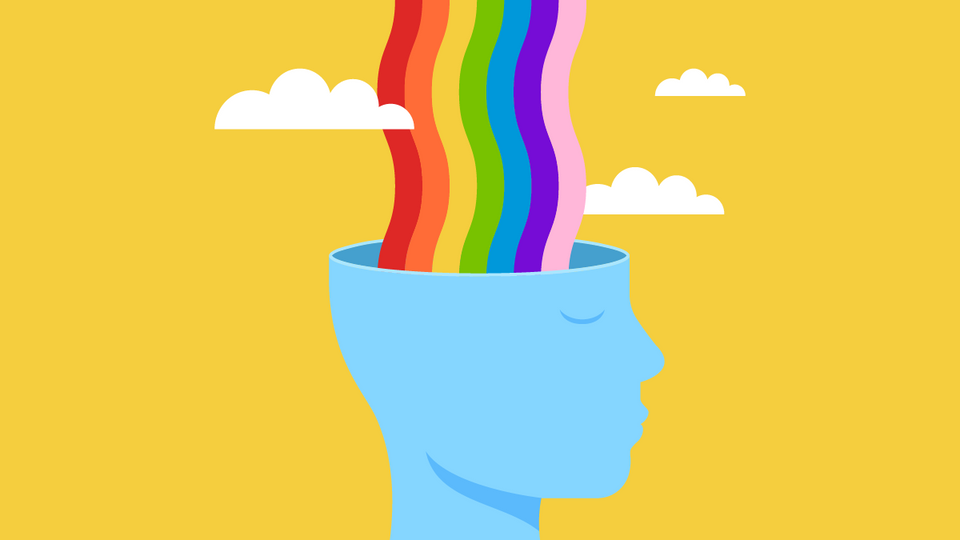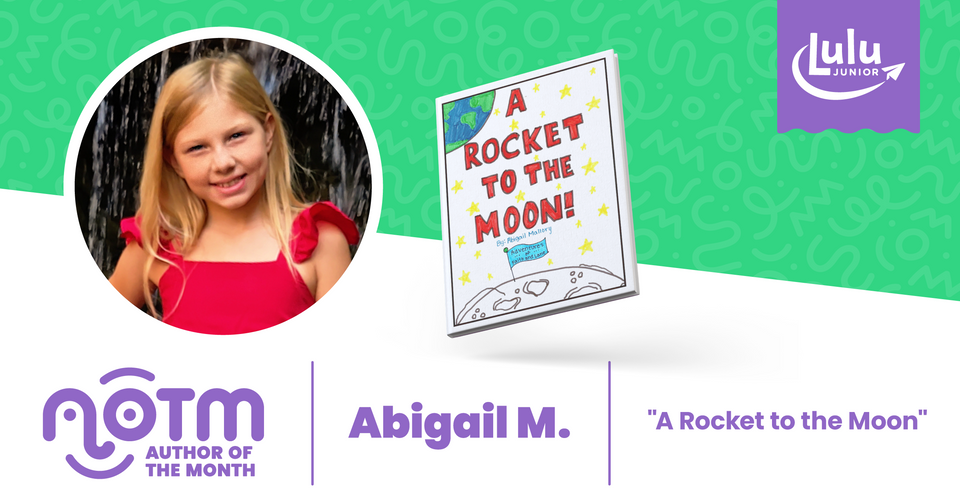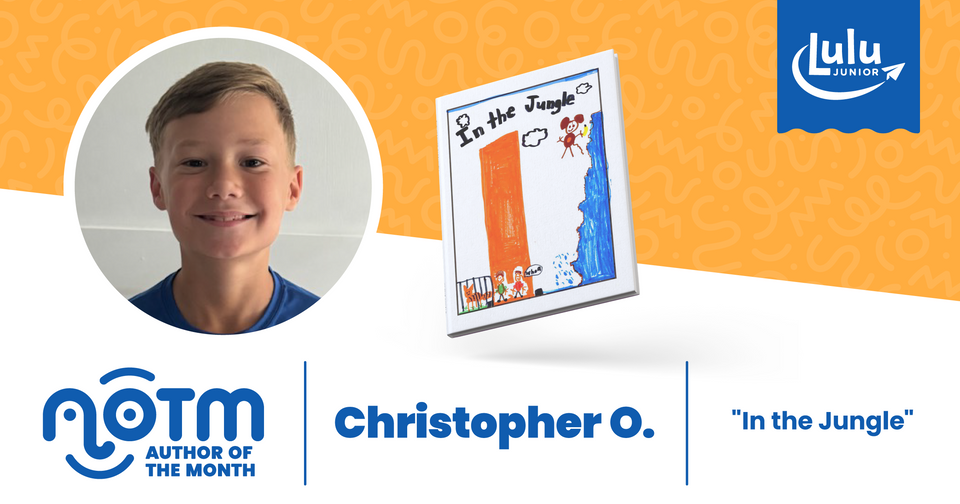
Mental Health for Kids
May is Mental Health Awareness month and we would be remiss if we did not discuss the importance of mental health awareness for children. Since the pandemic began, statistics show a rise in mental health issues in children. What can parents and teachers do to help nurture and improve their children’s mental health? We have composed a guide and a list of resources to help you and your family navigate the rocky waters of mental health in hopes of calmer waters.
How Can You Improve a Child’s Mental Health?
According to the Harvard School of the Developing Child, parents and teachers can nurture a child’s mental health by focusing on creating a close relationship with them. With structure, you can help children set healthy boundaries and foster independence through social connections. This teaches them healthy habits and positive behavioral skills. Here are 5 ways parents and teachers can improve a child’s mental health.
1. Foster Healthy Coping Skills
Life can bring difficult moments. It is in these moments where we can rise above our emotions to channel them into productive coping mechanisms. When your child is showing signs of emotional distress, channel their energy into something positive. Encourage them to go outside for some fresh air, practice deep breathing, or create a work of art to help them navigate and express their emotions. Our book-making kits are a great way for children to work through their emotions creatively.
2. Watch for Behavioral Changes
As children grow, so does their emotional range. As a parent or teacher, you can grow with them by making sure they know you are there for them, no matter how big or small the issue. This builds trust and will help your child better understand their emotions and how to communicate how they are feeling.
3. Create Routines
Uncertainty from day-to-day life can cause anyone anxiety. Help your child balance any uncertainty through routines. This can range from setting out time for certain activities, such as homework, reading, or any activity that will help them establish a routine in their daily schedule. A consistent bedtime and daytime routine are key to helping grow healthy habits. Kids thrive with clear expectations and structure.
4. Give Positive Feedback and Encouragement
Positive feedback is a great way to reinforce positive behavior in children. Did they handle their emotions in a positive way? Show them your support and encouragement, which in return will give them pride and confidence.
5. Getting Professional Help
Knowing when your child needs help is a crucial first step to helping your child navigate through their emotional distress. Some situations are too overwhelming for parents and caregivers; that is where professionals can help you and your child navigate their feelings. Do not be afraid to ask for help. It shows your child that asking for help is a point of strength. Couldn’t we all use a little help from time-to-time?
Resources
Here are some great books and resources to help you further your knowledge and create a healthy mental awareness for your child or student.
Your Mind is Like a Snow Globe
Shop Now
A creative and helpful book by Adam and Jessica Dunsford normalizing a variety of emotions that children feel through illustrations and stories.
Daniel Feels Purple
Shop Now
Beautifully illustrated book by Fernando Gonzalez III, LCSW that teaches children to deal with tough emotions in a positive way.
A great resource with guides and articles on how to navigate your child’s needs from infancy to adulthood.
An in-depth website that dives into various mental health conditions children can face and guides and resources to help parents and teachers.
Talk to Your Kids About Mental Health
Talking to children about mental health is an opportunity for parents and teachers to provide support and guidance. It also helps destigmatize mental health by creating an open dialogue for you and your child. Talking to your child about mental health may not come easy, but teaching your child emotional intelligence, how to understand and deal with their emotions, will make them stronger and more resilient to face any issues that come their way.






